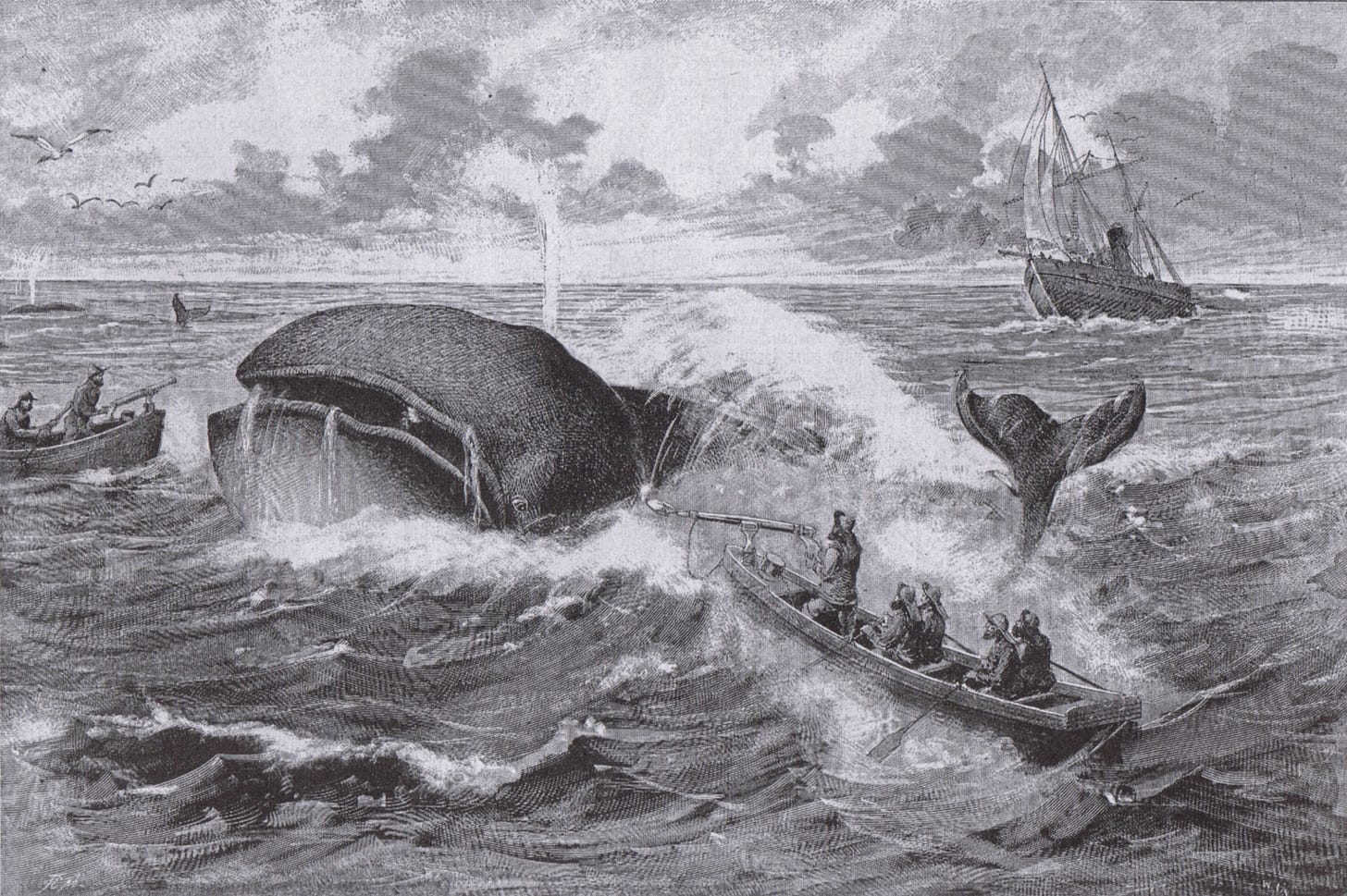Nestled within the picturesque landscape of East Hampton lies a rich tapestry of maritime history, woven through centuries of exploration, industry, and adventure. While the town's origins were rooted in agriculture, its destiny was forever shaped by the bounty of the sea and the tales of daring seafarers.
In the early days, settlers were drawn to the South shore of East Hampton by a remarkable phenomenon—the frequent beaching of whales. These majestic creatures became a vital resource, providing sustenance in the form of food and oil. Town laws were enacted to regulate the handling of whale carcasses, marking the beginning of East Hampton's maritime saga.
As demand for whale products soared, residents ventured beyond the shores, harnessing the bounty of live whales that ventured near. Northwest Harbor, the town's initial harbor nestled on Gardiner's Bay, soon proved inadequate for large vessels, leading to the development of the bustling port of Sag Harbor just two miles west. Here, the whaling industry flourished, reaching its zenith in 1847 with some 60 whale ships and employing 800 men. Sag Harbor's maritime prominence even found its way into literary works, immortalized by Herman Melville in his iconic novel, Moby-Dick.
Yet, as the winds of change swept through the industry, alternative fuel products began to eclipse the demand for whale oil, signaling a decline in East Hampton's whaling fortunes. However, the town's maritime legacy endured, with notable sea captains like Mercator Cooper etching their names into the annals of exploration. Cooper's legendary voyages, from rescuing shipwrecked Japanese sailors to breaking through the icy expanse of East Antarctica, captured the imaginations of generations to come.
Today, the maritime influence still permeates every corner of East Hampton, shaping its identity and economy. From the bustling tourism industry to the vibrant fishing communities of Montauk, the town continues to draw crowds of residents and visitors alike. Commercial sports fishing, epitomized by legends like Frank Mundus, thrives alongside iconic landmarks such as the Promised Land fish meal factory at Napeague.
As we navigate the waters of East Hampton's history, we uncover a legacy forged by the ebb and flow of the tides, a testament to the enduring spirit of exploration and enterprise that defines this coastal gem. From the days of whaling to the modern era of tourism, East Hampton's maritime heritage remains a beacon, guiding us towards new horizons and untold adventures on the high seas.




